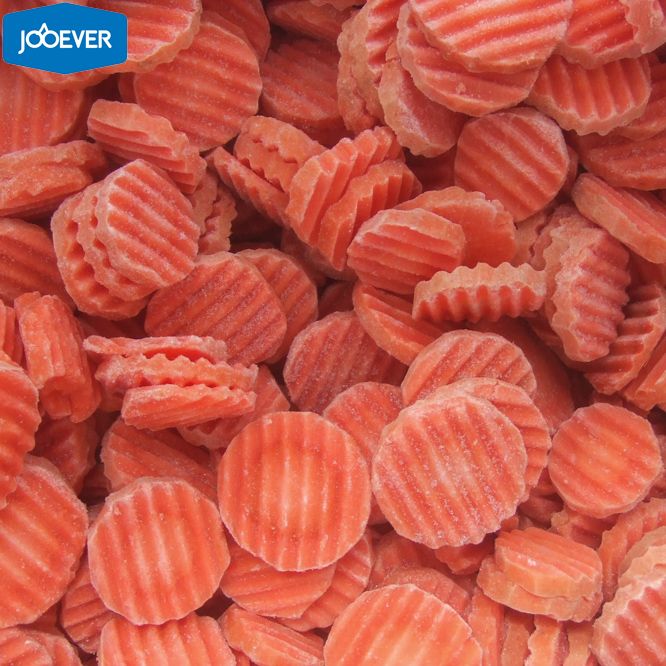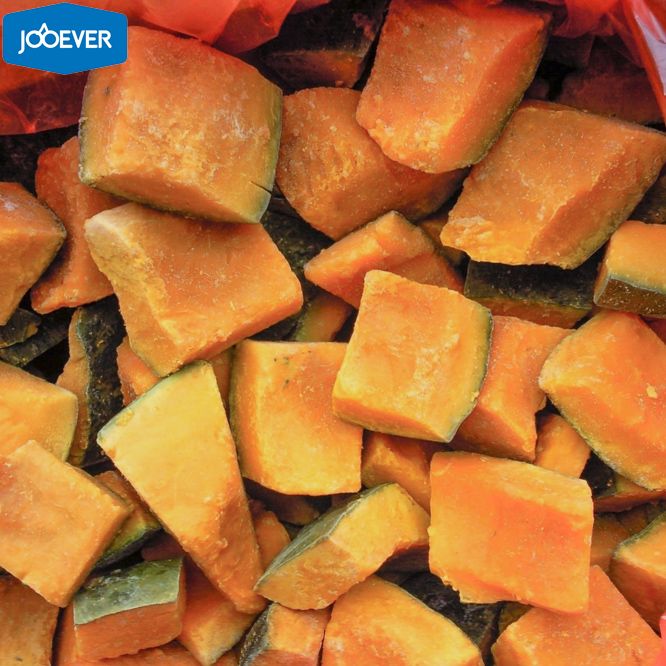Your reliable partner for frozen foods
Frozen food plays a vital role in the food industry. For restaurants, commercial kitchens, and food distributors, it offers a convenient way to maintain stock, reduce waste, and ensure consistent product quality. However, handling frozen food safely is essential to protect consumer health and meet food safety standards.
This guide will help you understand how to store, handle, and manage frozen food properly to keep it safe and high-quality.
Frozen food is valued for its long shelf life and reliable quality, but improper storage or handling can lead to serious risks. If frozen products are kept at the wrong temperature or thawed incorrectly, bacteria can grow quickly, affecting both safety and taste. For businesses, this can result in customer complaints, financial losses, or even legal penalties.

Safe handling prevents contamination and keeps harmful bacteria from spreading. This is essential for maintaining customer trust andmeeting food safety regulations.
Correct storage methods help maintain the natural texture, flavor, and nutritional value of frozen vegetables, fruits, and other products. High-quality frozen food improves customer satisfaction and brand reputation.
By keeping frozen food safe and properly labeled, businesses can avoid spoilage, reduce waste, and manage inventory more efficiently.

Always store frozen food at 0°F (-18°C) or lower. Regularly monitor freezer temperatures to prevent partial thawing and refreezing, which can damage product quality.
Choose vacuum-sealed bags, airtight plastic containers, or metal boxes to reduce the risk of freezer burn and contamination.
Label every package with the product name and freezing date. Use older stock first to avoid keeping items past their recommended storage time.
Do not fill freezers beyond capacity. Overloading blocks air circulation, causing uneven freezing and possible temperature fluctuations.
Thaw frozen food in a refrigerator, under cold running water, or in a microwave when cooking immediately. Never thaw food at room temperature, as bacteria multiply rapidly in warm conditions.
For food suppliers and exporters, frozen food safety also depends on proper shipping. Use insulated containers, dry ice, or refrigerated transport to maintain stable temperatures during transit. Ensure all packages are clearly labeled and meet international food safety regulations such as HACCP and ISO standards.
Managing frozen food safely is not only about protecting health—it also ensures consistent quality, reduces waste, and strengthens your brand reputation. By following the right storage and handling practices, your business can deliver safe, high-quality frozen food to customers every time.
At Jooever, we are committed to providing safe and high-quality frozen vegetables, fruits, berries, and mushrooms. All our products are processed under HACCP programs and comply with strict ISO food safety standards. With over 20 years of experience and exports to more than 30 countries, we help businesses worldwide deliver the best frozen food to their customers.
Contact Jooever today and partner with a trusted frozen food supplier!